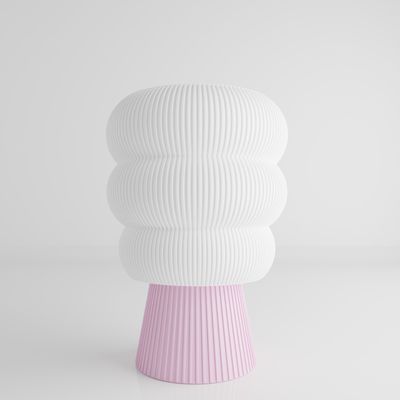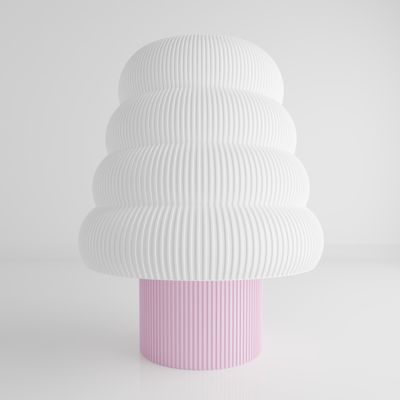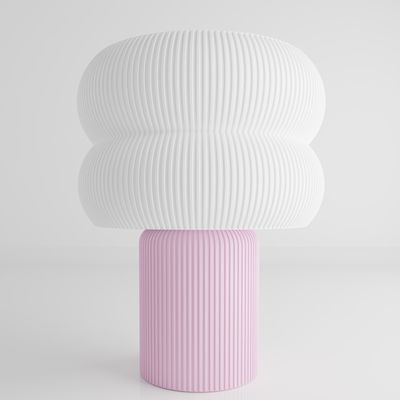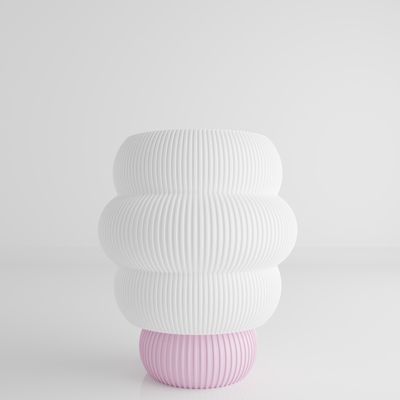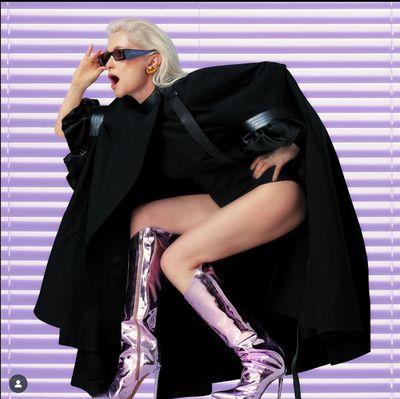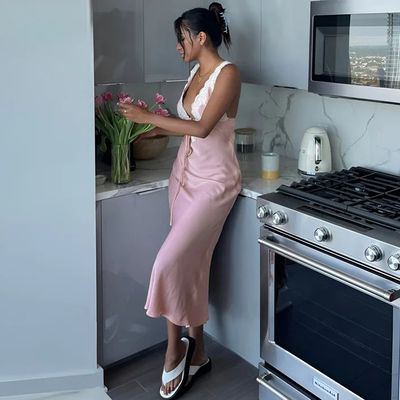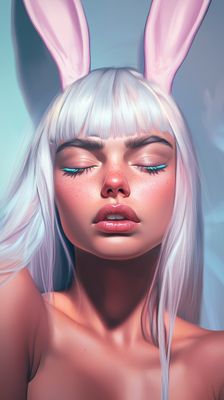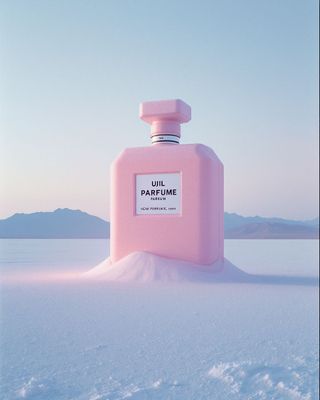Everything about the color Lilac
The meaning of the color lilac and color combinations to inspire your next creation.
Browse images in the color lilac
What color is lilac?
Lilac is a pale, soft shade of purple with a hint of pink, reminiscent of the delicate flowers it is named after. This color often evokes feelings of tranquility and nostalgia.
What are similar colors to lilac?
For variations within the same gentle and soothing spectrum as lilac, consider:
- Lavender (#E6E6FA) shares lilac's soft purple hue, offering a slightly cooler tone.
- Mauve (#E0B0FF) is similar to lilac but with a more muted and dusty appearance.
- Periwinkle (#CCCCFF) combines lilac's purple with a touch of blue, creating a calming effect.
- Orchid (#DA70D6) is a more vibrant and saturated version of lilac, with a stronger pink undertone.
What color goes with lilac?
To complement lilac's gentle tones, consider pairing it with:
- Mint (#98FF98) offers a fresh, cool contrast that enhances lilac's softness.
- Peach (#FFE5B4) provides a warm, sunny tone that gently contrasts with lilac's coolness.
- Sage (#BCB88A) adds a muted, earthy balance to lilac's delicate hue.
- Ivory (#FFFFF0) complements lilac with its creamy, neutral tone, enhancing its elegance.
What color conflicts with lilac?
To avoid clashing with lilac's delicate nature, consider avoiding:
- Chartreuse (#7FFF00) is too bright and vibrant, overwhelming lilac's subtlety.
- Orange (#FFA500) can be too bold and stark against lilac's softness.
- Red (#FF0000) is too intense and can overshadow lilac's gentle charm.
- Black (#000000) may overpower lilac's light and airy quality.
What does the color lilac represent?
Lilac often symbolizes youth, innocence, and the first emotions of love. It is associated with the arrival of spring and renewal. Psychologically, lilac can evoke feelings of nostalgia and sentimentality, often bringing a sense of calm and relaxation. In art and design, lilac is used to create a soothing and peaceful atmosphere, often employed in spaces meant for relaxation and contemplation.
What's the history of lilac?
The name "lilac" is derived from the Persian word "lilak," referring to the lilac flower, which is native to the Balkan Peninsula. The color lilac gained popularity in the 18th century, often associated with the romantic and delicate aesthetics of the time. In modern use, lilac remains a favorite in fashion and interior design for its soft and versatile appeal.
Color Variations
Shades
Tints
Hues
Color Palettes
Monochromatic
Complementary
Analogous
Triadic
Tetradic
Images with lilac color
Color Conversions
#C8A2C8rgb(200, 162, 200)rgb(78%, 64%, 78%)0, 19, 0, 22hsl(300, 26%, 71%)300, 19, 78#C8A2C871, 21, -1447, 42, 6071, 25, 32511001000, 10100010, 11001000Color(red: 0.7843137254901961, green: 0.6352941176470588, blue: 0.7843137254901961)UIColor(red: 0.7843137254901961, green: 0.6352941176470588, blue: 0.7843137254901961, alpha: 1.0)Color(0xFFC8A2C8)